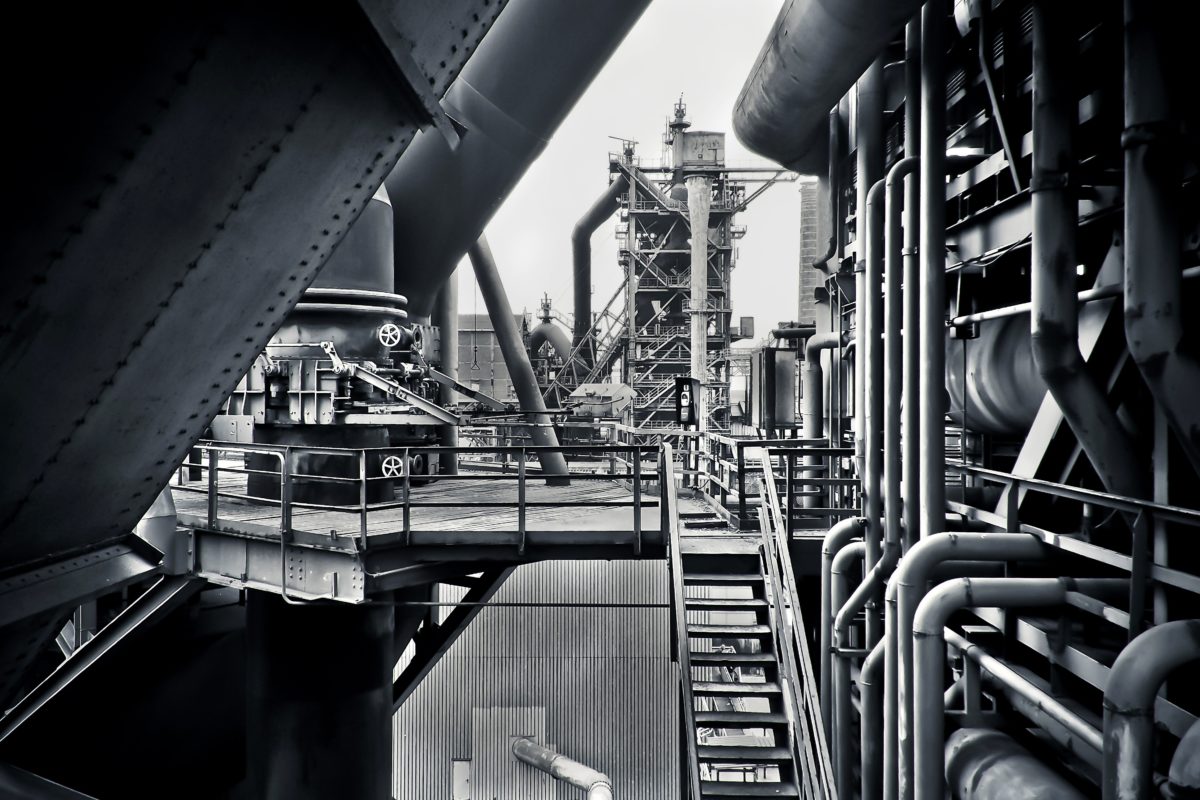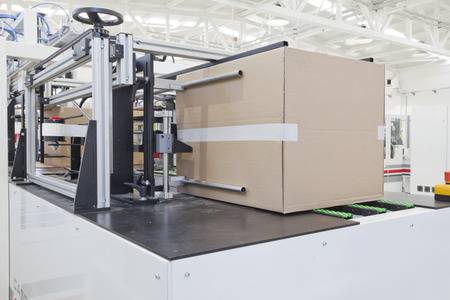
According to UNIDO’s 2016 International Yearbook of Industrial Statistics, Indonesia’s manufacturing industry accounts for almost a quarter of the country’s GDP.
“The UNIDO report shows that Indonesia has climbed into the top ten list,” Shadia Hajarabi, UNIDO’s representative in Indonesia, said in Jakarta on Thursday.
“Indonesia is at the bottom of the list, but it surpasses England and Canada,” Shyam Upadhyaya, a statistician at UNIDO, said. Shyam added that the list was based on total volume of production. China is at the top list, followed by the US, Germany, Korea and India.
“Indonesia has become an important industrial country,” he added.
Shyam explained that China and India used to have higher economic growth compared to Indonesia. In recent years, however, economic conditions in those countries have fluctuated, resulting in economic slowdowns. “Indonesia’s economy has been relatively stable compared to other countries in the region,” he said.
He explained that the government had succeeded in maintaining the inflation rate at 4.5 percent and had lifted 25 million people out of poverty.
“In 2010, there were 50 million poor people in the country. Now it is almost half,” Shyam explained, adding that this figure indicated that Indonesia could rely on the domestic market to boost economic growth instead of relying solely on exports.
“If you can maintain these indicators, it could produce higher growth,” he went on to say.

Dyah Winarni Poedjiwati, an expert staffer at the Industry Ministry, said Indonesia’s manufacturing industry grew 5.04 percent in 2015, higher than the national economic growth rate of 4.79 percent. The metals and electricity industry recorded the highest growth rate at 7.9 percent. Food and beverages rose 7.54 percent and the machinery and equipment industry grew 7.49 percent.
“The manufacturing industry contributed 18 percent to gross domestic product in 2015, worth around Rp 298 trillion. This is an increase from the previous year, which saw the manufacturing industry contribute 17.89 percent to GDP,” he explained.
She said, however, that the trade balance in manufacturing products experienced a deficit of US$2.31 billion last year, with exports reaching $106.64 billion, or 71 percent of total exports. Total exports reached $150.25 billion, while the value of imports was recorded at 108.95 billion.
Meanwhile, according to the Investment Coordinating Board (BKPM), foreign direct investment declined by 9.65 percent in 2015, from $13.01 billion in 2014 to $11.76 billion. At the same time, domestic investment grew 5.8 percent to Rp 41.84 trillion. (bbn)

